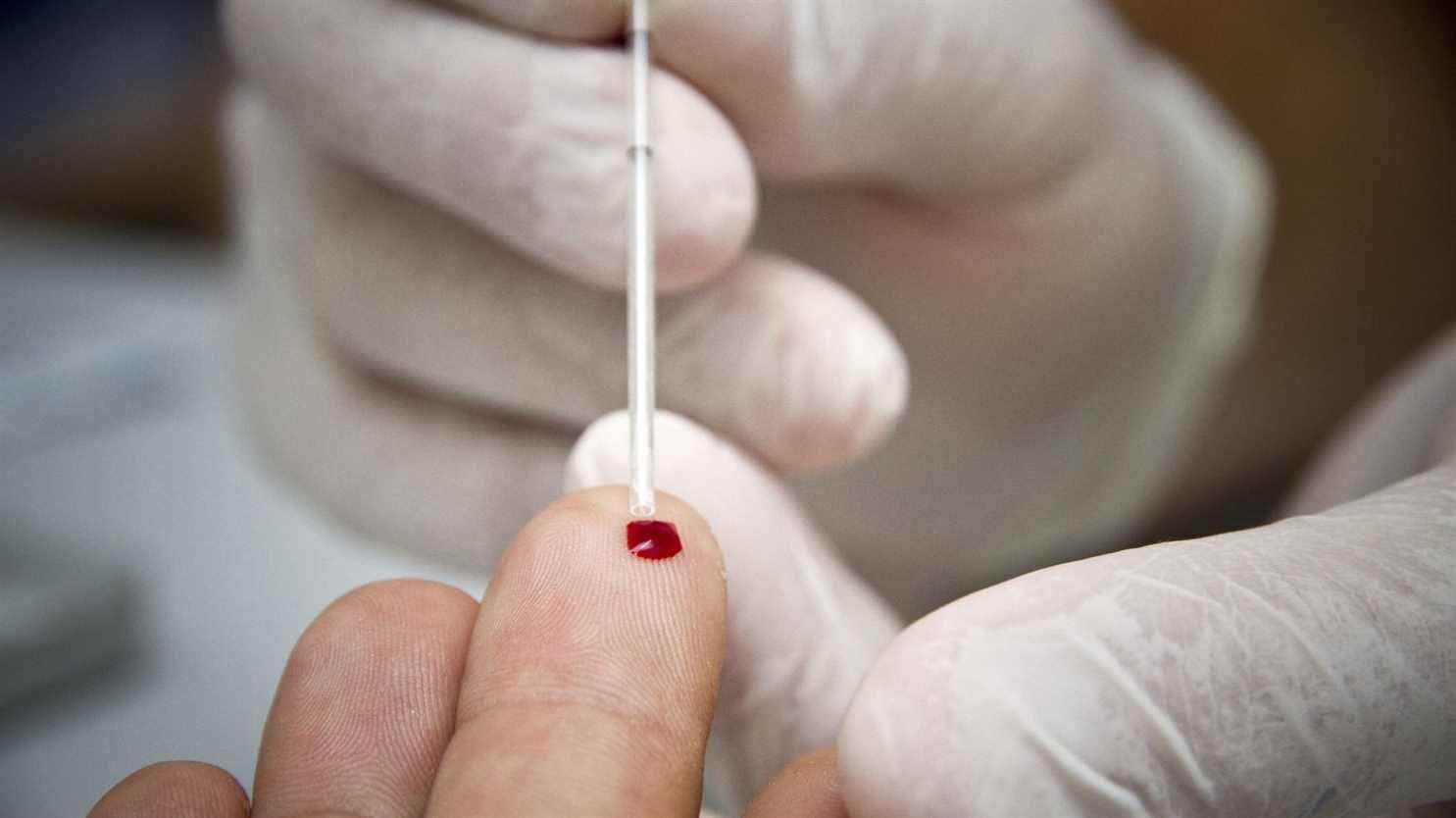Researchers have identified markers in the blood that can tell if we are dealing with ischemic stroke, the most common one that occurs when an artery in the brain is blocked due to a clot or if it has broken down. This is a hemorrhagic stroke, in this case the artery has already burst and there is blood in the brain. These doctors from the Rothschild hospital, the Public Assistance Hospitals of Paris (AP-HP) and the Caen University Hospital are in the process of recruiting 5,000 volunteers to validate these results through a clinical trial.
Knowing what type of stroke we are dealing with will change everything in the management according to Dr. Desilles neurologist at Rothschild hospital. Currently in the event of a cerebrovascular accident, the firefighters, the Samu arrive, bring the patient to the emergency room, make him pass a scanner to confirm the diagnosis and then he can be treated.
Thanks to this predictive algorithm, emergencies and scanning are avoided. In the rescue truck, a drop of blood is taken from the patient, it is analyzed live with a small device. If it’s an ischemic stroke we go straight to the operating room to unclog the artery. If it’s a hemorrhagic stroke, we go directly to a neuro-resuscitation unit to limit the patient’s neurological worsening. We gain one to two hours so we improve the prognosis significantly.
These researchers also want to predict the reaction of the patient to the treatments always thanks to their small device which will analyze the drop of blood. Scientists have identified several blood biomarkers that allow them to know whether the clot will be easy to dissolve or remove. They will therefore know if the patient has a good prognosis, in which case he is given more intensive treatment. And if he has a bad prognosis, that is to say if he risks not responding to treatment, they provide alternative solutions. They are also tested as part of this program called Booster (Brain clOt persOnalized therapeutic Strategies for sTroke Emergent Reperfusion).
This program brings together a transdisciplinary consortium of 15 partners: five experimental research laboratories, four clinical research and imaging teams, two universities and four industrial partners. Its goal within five years is to offer rapid and tailor-made treatments to all stroke victims. More than 140,000 people are affected each year, half of them have serious consequences with disabilities.
